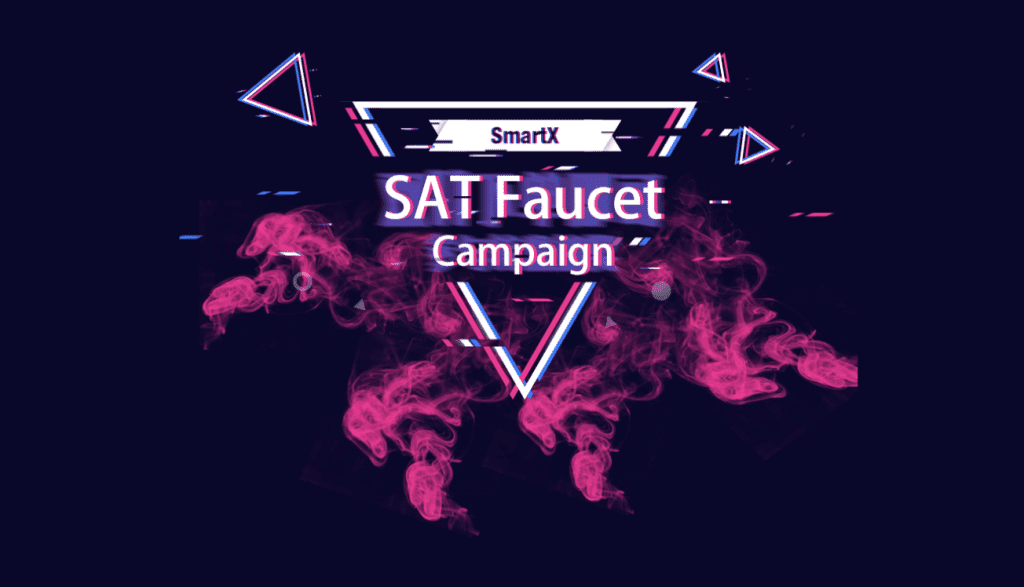A couple years back, Ethereum founder Vitalik Buterin coined a new phrase called the scalability trilemma. He posited that there are inherent tradeoffs that every crypto project must make when trying to maximize decentralization, security, and scalability. Achieving a high amount in 2 of the 3 factors is possible, but to go 3 for 3 has proven an incredibly difficult challenge thus far.
Even after more than 10 years of existence, Bitcoin can’t yet achieve a transaction throughput greater than 10 transactions per second (TPS). Ethereum is better but not substantially so, at 15-25 TPS. Furthermore, proposed scalability solutions like the Lightning Network and side chains introduce a whole new batch of potential vulnerabilities, and they are not at all guaranteed to work in the long-term.
If cryptocurrencies are to reach their potential for applications that involve high frequency transactions such as games and media hosting platforms, scalability needs to be improved. In other words, the throughput capacity of blockchains needs to be expanded.
A new breakthrough: SmartX
SmartX is a new platform that manages to maintain a high degree of decentralization and security while enabling nearly limitless transaction throughput at the same time. Their solution, DAG-enabled dynamic capacity expansion, can open up the biggest bottleneck in blockchain development today.
The network will be composed of three types of validators:
- PoW masternodes that can join and exit freely
- PoS voting nodes that are elected by the community
- Common nodes that enable products and services like light wallets, PRC scripts, SDK APIs, and more
Every masternode in SmartX can independently produce blocks, much like typical blockchain miners. However, in SmartX’s BlockDAG architecture, the “blocks” being produced are actually part of a transaction-based DAG structure. This structure resembles Bitcoin and other blockchains because of the way that batches of transactions, but it’s more scalable because it can be divided into independent partitions that don’t interfere with each other and can be integrated after generation.
Ultimately, this can be a near limitless performance extension. In fact, each batch of transactions can theoretically have millions of transactions batched within it, making the SmartX system capable of handling numerous high-transaction-frequency applications at once — all without sacrificing security.
The SmartX Faucet

SmartX began a faucet campaign on August 26th that is giving out 1 million SAT tokens per day for the duration of the campaign, up until September 29th. This is a great method for early-stage projects to become more community driven, as airdropping tokens spreads awareness and incentivizes more people to become involved with the project. As a result, the project benefits in the long-term.
Participants earn credits for every friend who clicks their invite link, providing an incentive for people to share SmartX with their friends. This can generate a powerful network effect, as shown in the results from Day 1 alone:
- Approx. 95 000 total page views
- Traffic from 141 countries total, including Russia, China, the US, and the UK.
After just two weeks the faucet campaign has attracted over 214,000 participants.
More about the SmartX technology
At its core, what makes SmartX unique is that it enables blocks to be independently produced in partitions and integrated into the “chain” later through a proprietary algorithm. This allows for high-frequency, simultaneous transactions at practically zero cost. It’s different from mainstream proof of work systems like Bitcoin and Ethereum because those must hold all transactions as “pending” in their mempool before packaging them in blocks and confirming them.
SmartX’s implementation of DAG technology allows it to dynamically expand the capacity of blocks, increase transaction speeds, and integrate proof of stack nodes with proof of work nodes for an optimized balance of decentralization and maximum scalability.
What is DAG?
 Learn more: https://smartx.one/Whitepaper.pdf
Learn more: https://smartx.one/Whitepaper.pdf
DAG, which stands for Directed Acyclic Graph, is a different type of data structure from Bitcoin’s blockchain, but one that can still be used to achieve decentralized consensus for transaction validation. Directed means that the data structure consists of multiple routes for data to flow, but all of them have the same direction. Meanwhile, acyclic means that the routes will never loop (i.e. cycle) back to where they started. For example, this means that a route starting at point A can have new data points linked linearly (B, C, D, etc.), but it can never link back to point A, nor can point C link back to point B before it, and so on.
To understand in simpler terms, think of it like a highway with moderate traffic. A blockchain is like a highway that only has one exit. No matter how many lanes or how many cars are on the highway, the exit speed determines the speed of traffic for every car in the queue. The SmartX project’s BlockDAG architecture is analogous to opening up an unlimited number of parallel highways so that there is no longer a bottleneck of all the traffic trying to take a single exit.



































